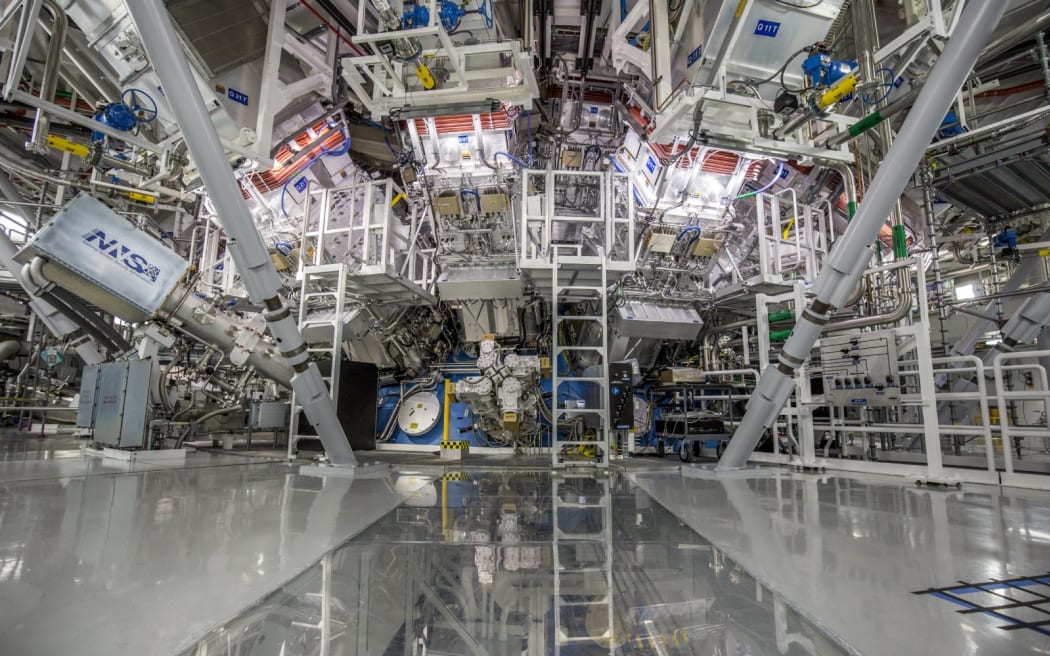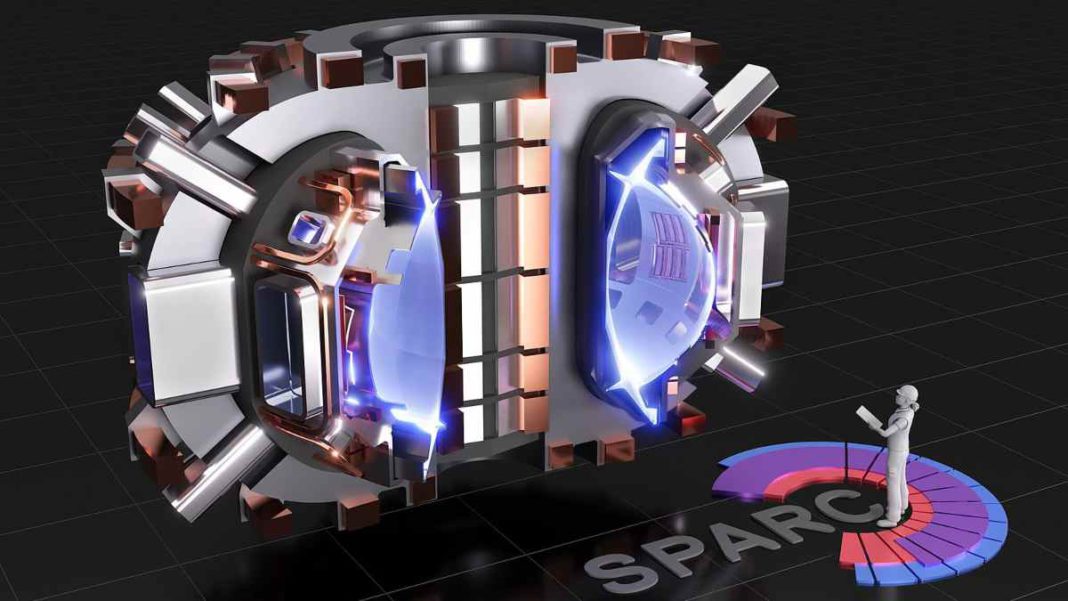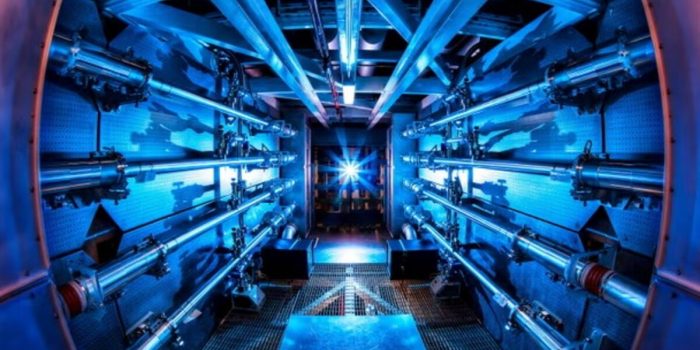The pursuit of harnessing nuclear fusion as an ideal energy solution has witnessed notable advancement, exemplifying the ongoing commitment of US scientists to unlock the potential of a clean and virtually limitless power source. Recent accomplishments in nuclear fusion research, akin to the energy-generating processes in celestial bodies, particularly the sun, have been achieved at the esteemed Lawrence Livermore National Laboratory situated in California.
Nuclear fusion entails the controlled fusion of minute atomic nuclei, notably hydrogen isotopes, leading to the creation of heavier nuclei and the concomitant release of prodigious energy. Notably, this process circumvents the deleterious emissions and hazardous byproducts typically associated with conventional energy generation methods, underscoring its eco-friendliness and potential to mitigate environmental concerns.

A pivotal instrument in this scientific endeavor is the National Ignition Facility (NIF), a sophisticated facility situated within the Lawrence Livermore National Laboratory premises. Employing an intricate array of precisely calibrated lasers, NIF facilitates the induction of controlled fusion reactions. In a notable feat, researchers achieved fusion ignition, a state wherein the energy generated by the fusion reactions surpassed the input energy provided by the laser system. This substantial milestone was originally attained in December, marking a notable stride in advancing the prospects of nuclear fusion as an alternative energy source.
Recently, the momentum of these advancements was reaffirmed with a subsequent experiment conducted on July 30th, once again at the NIF. This iteration resulted in an augmented energy yield compared to the preceding achievement, reflecting both the efficacy of the fusion process and the incremental improvements in experimental techniques.

While these milestones undoubtedly underscore the potential of nuclear fusion as a sustainable energy source, it is imperative to acknowledge that several obstacles remain on the path to practical and widespread implementation. The translation of these scientific achievements into viable power plants suitable for societal energy needs necessitates further rigorous research, development, and engineering endeavors.
In conclusion, the strides made in nuclear fusion research at the Lawrence Livermore National Laboratory are emblematic of the promising trajectory toward a cleaner and more resilient energy landscape. While the realization of fusion-powered energy infrastructure is a complex and multifaceted undertaking, the recent accomplishments offer a compelling testament to the boundless possibilities that scientific inquiry and technological innovation can unravel.


